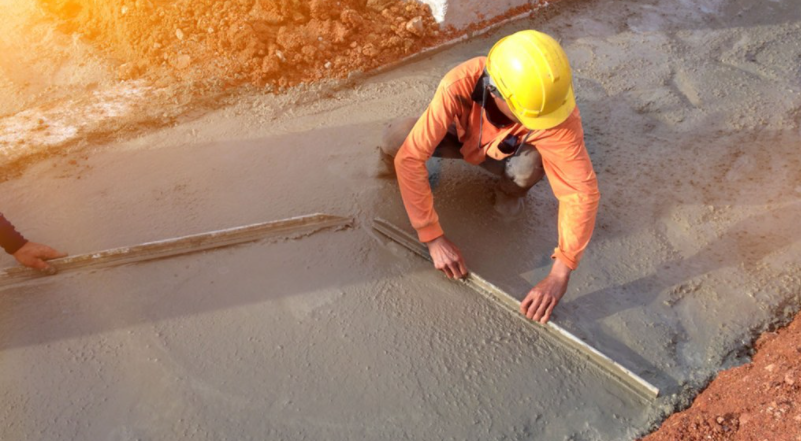Common Concrete Variants Used For Construction In San Diego

Many professionals in the construction industry use concrete block-making machines to create a piece where only one type of material is allowed. The main reason behind this phenomenon was to get rid of unnecessary variables in producing blocks by utilizing their inherent properties like hardness or resistance to wear and tear etc. On average, it takes about one cubic yard (approximate) for each block made up of concrete. Generally speaking, there are three major types used in making concrete blocks.
Dry Mixture Of Cement
The first one is the concrete that came from a dry mixture of aggregate, cement, and water. This type of concrete comes out as a rigid mass but can be given different looks by adding agents like polymer fibers etc., to make it look more appealing. The other kinds are those where you find clay or shale in the aggregate instead of sand because this kind of concrete has a porous nature which makes it dissipate heat better than just using plain water alone.
A third variant that you will come across is expansive cement that happens when calcium carbonate reacts with sodium hydroxide, and this type does not form hard lumps but rather forms long needle-like crystals which expand and damage structures they happen to be pushed into; hence its use has been discontinued.
Advantages
There are a number of advantages that come attached to the use of concrete blocks as construction material, mainly because it is far cheaper to make and can be built into walls very easily. The main thing that should not go unnoticed is that if the clay or shale kind happens to break down, then there is a significant amount of heat released from them, which makes it ideal for those living in colder areas where they need to retain warmth inside their houses.
The process does require certain levels of attention as you have to pour water first before adding the aggregate, and if anyone gets skipped or done in an incorrect order, then this will cause your block creation process to fail. You can always settle with precast concrete blocks if you don’t want to play around with the process of making your own, but of course, you will have to pay a little bit more than what it would cost you if you made them on your own.
Conclusion
You may contact San Diego Concrete Experts by giving us a call at (619) 383-2500 to get more information about concrete variants.